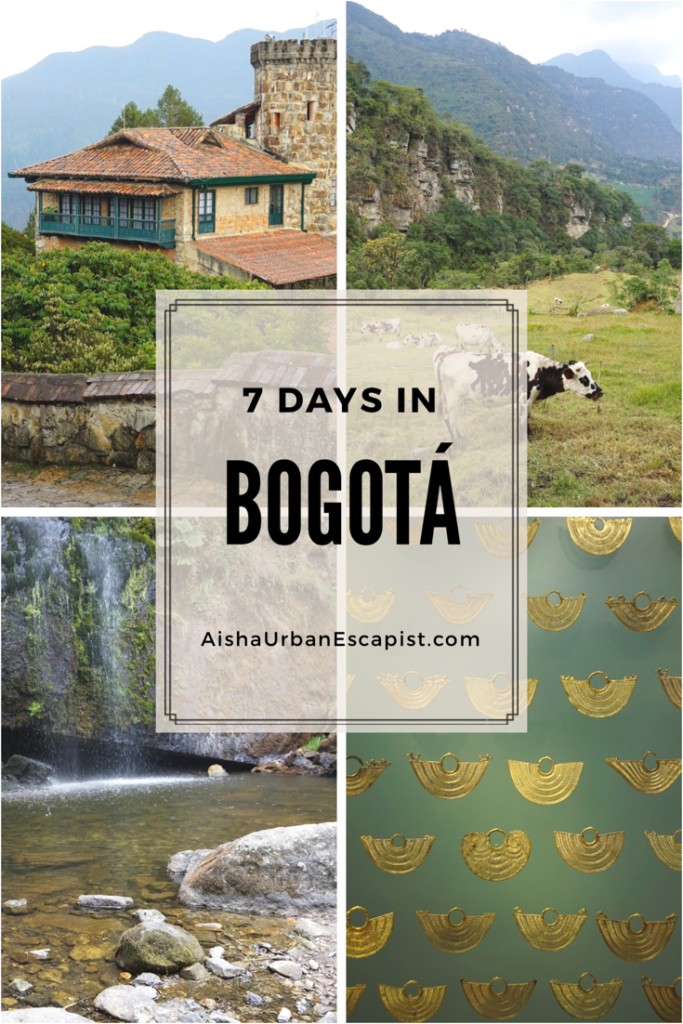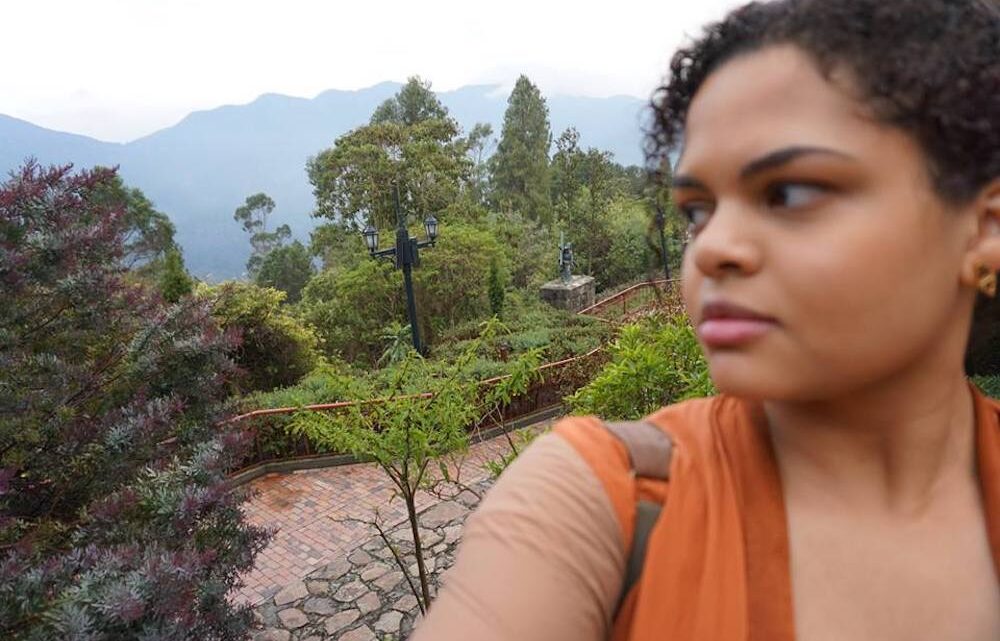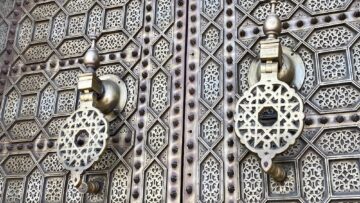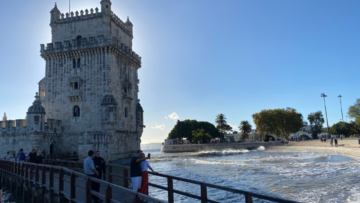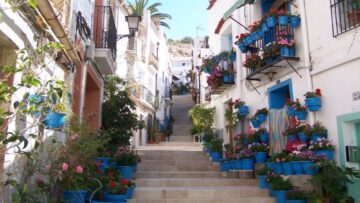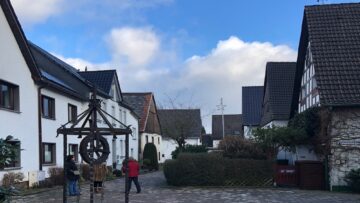When deciding where I wanted to travel next, I knew I wanted to refresh my rusty Spanish in Latin America. I decided to take a multi-city trip to Colombia, starting in the capital city of Bogotá. With seven days to immerse myself in this big city, here’s what I found when exploring Bogotá, Colombia.
Is Colombia Safe?
Despite Colombia’s reputation as a dangerous place due to the legacy of the drug trade, I felt very safe. I did my research beforehand and found that although the country still has challenges, conditions are far from what they were during Pablo Escobar’s reign of terror in the 1980’s. Especially as a resident of Baltimore, a city that far outpaces violent crime compared to Colombia’s top tourist cities, I know there are many factors that influence your level of personal safety. Part of it requires knowing where to avoid and common sense behavior like not flashing cash or expensive items. I felt safe as a solo female traveler in Bogotá, Medellín, and Cartagena, but as always, I take precautions wherever I travel. (For more perspectives on safety, read Is Colombia Safe? on AllTheRooms blog.)
Exploring Bogotá, Colombia
The capital city of Bogotá was my first stop. I signed up for language classes at Nueva Lengua Spanish School, where I attended classes every weekday morning. They also offered optional activities, like a dance lesson and a day trip to the Chorrera waterfall (more details below).
Bogotá is a busy, metropolitan city with insane traffic and a lot of people. But it’s also surrounded by the natural beauty of the mountains. The people I met, including complete strangers, were incredibly kind and welcoming. I became a bit tired of eating the same kind of meat everywhere, but couldn’t get enough of the huge variety of fresh fruit juices available at any restaurant.
My entire trip to Colombia was an unforgettable experience. I didn’t even have time to see everything in two weeks, so spend more time there if possible. Bogotá is completely different than Cartagena and Medellín, but special in its own right and not to be missed.
Monserrate
When exploring the Bogotá, Colombia city center, you can’t avoid seeing Monserrate in the background. The mountain provides the city’s backdrop and is one of Bogotá’s major tourist attractions. The mountain was considered sacred by the indigenous Muisca during Pre-Columbian times. Now it features a church that was built in the 17th century.
I rode the cable car to the top, but visitors can also choose to walk or ride the funicular. As expected, the view was amazing, overlooking the entire city. At the top you’ll find the church, walking paths surrounded by gardens, a restaurant, cafe, and vending booth for snacks and drinks.
There was a thunderstorm that day so it was very cloudy, but it didn’t hurt the view one bit. A thunderstorm at such a high elevation was an experience in itself. I felt the ground rumble and the loudest thunder cracks I’ve ever heard. I had to duck under a covered area with some other tourists until the storm cleared up. We were left with cool, fresh air and birds chirping again. It ended up being a very calming and spiritual experience. After sitting in a cafe overlooking Bogotá for a while, I headed to the Gold Museum in the Candelaria neighborhood.
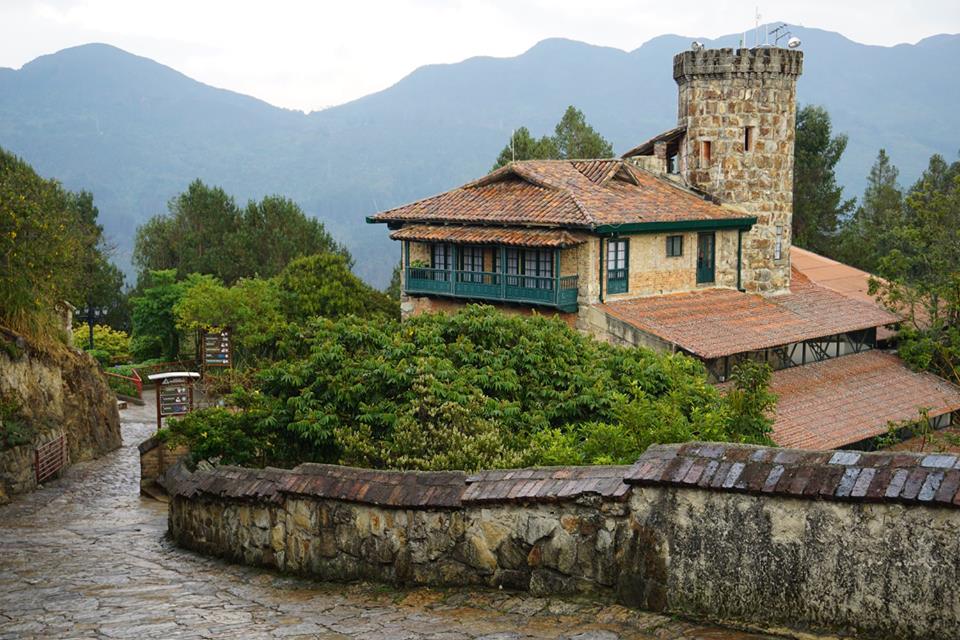
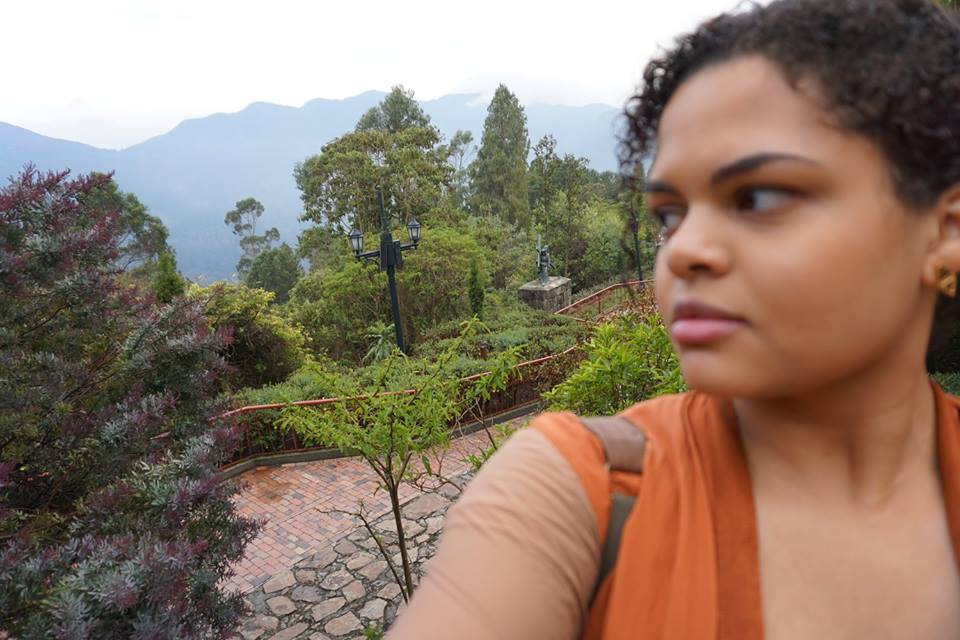

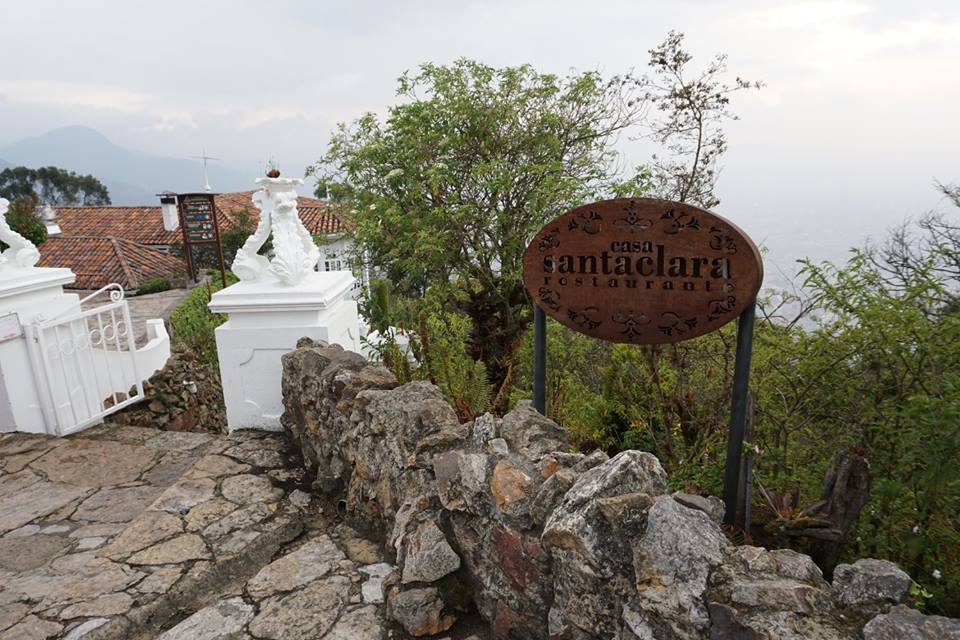
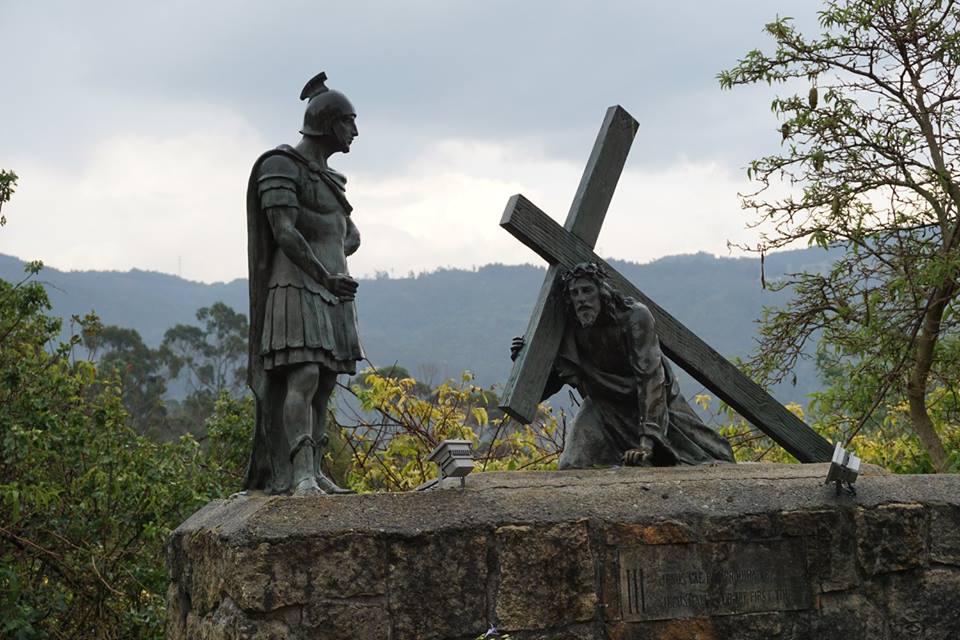
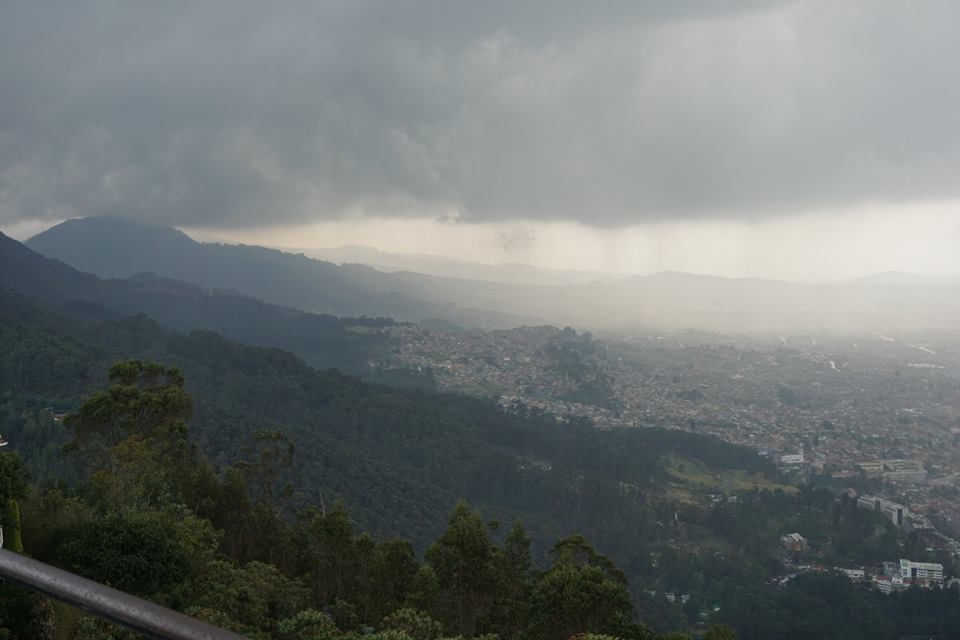
Museo del Oro
The Gold Museum (Museo del Oro) holds the largest collection of Pre-Hispanic gold artifacts in the world. It also displays pottery, woodwork, and textile artifacts from the indigenous people who lived in South America 500 years ago. Gold mined from the Andes was mainly used for religious and ceremonial purposes and worn as jewelry or offered to gods. If you’re as fascinated as I am with Pre-Columbian history, the Gold Museum is a must-see.
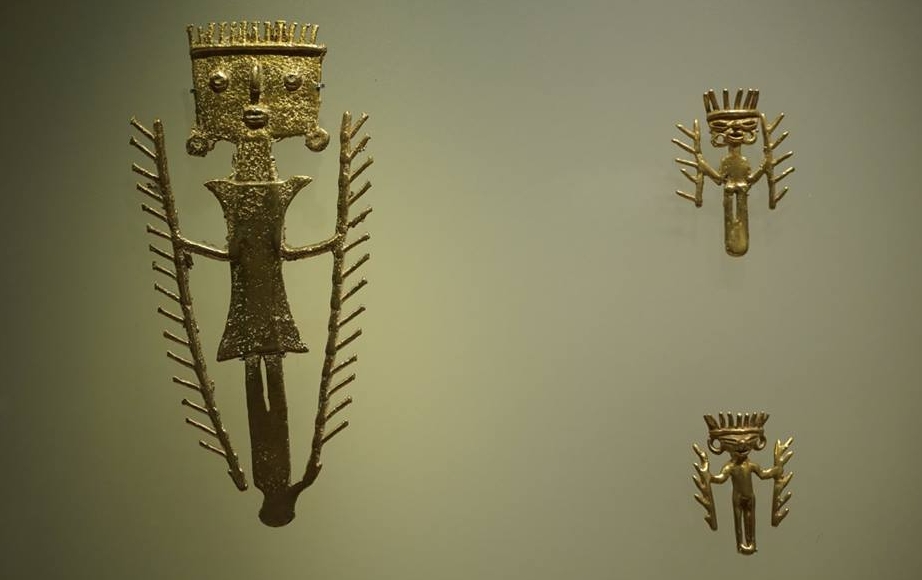
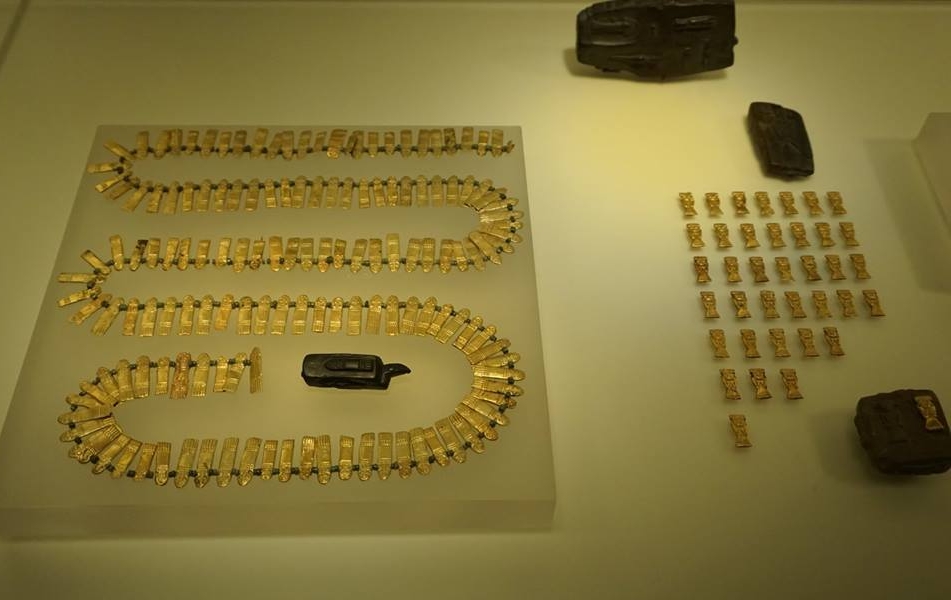
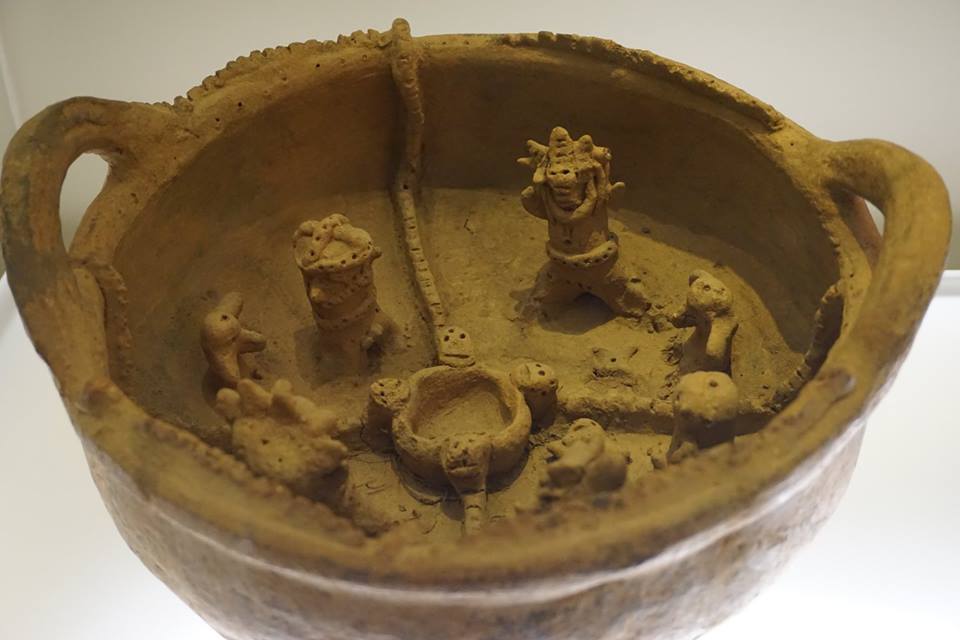
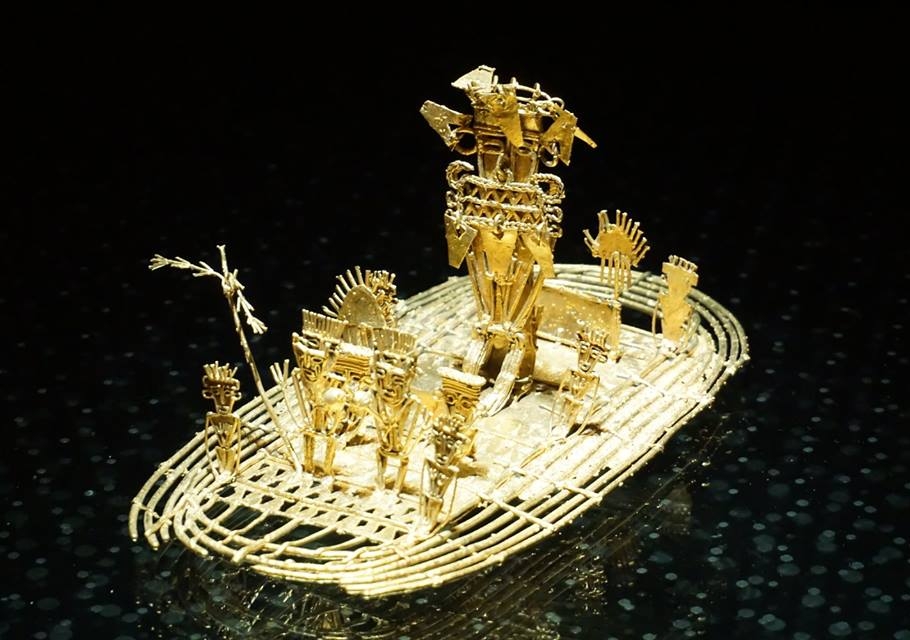
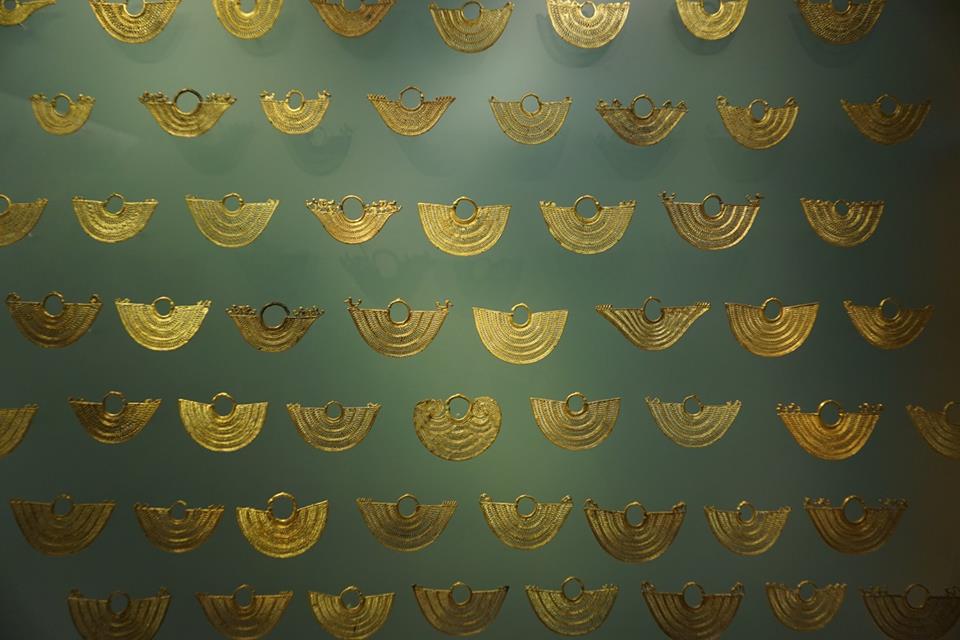
Cascada la Chorrera
Anytime there’s an opportunity to visit a waterfall, I’m there. This waterfall is located high in the mountains that provide Bogotá’s backdrop in a town called Choachi. The ride up to the mountain alone was beautiful. There was nothing but farms, cows, chickens, and dogs that, unlike in the city, looked happy to be there.
The intense hike made me feel like my lungs were going to explode, but it was worth the effort. We first came to a small waterfall and stream, then after more hiking we arrived at the main waterfall, Chorrera. Beware if you’re afraid of heights. We climbed over moss-covered rocks to take pictures, look at the fantastic view, and feel the fresh water. The water wasn’t falling heavily, so I only felt some gentle sprays and drops depending on where I was.
With a burst of energy from the fresh water, we hiked more and then had a typical Colombian lunch of soup and a main meat dish with rice and fresh fruit juice. In this case, the juice was tomate de árbol (tree tomato). After lunch, we took a short walk to one last waterfall. This one was bigger than the first, but smaller than the second and had a little cave behind the waterfall that you could venture into. This was one of my favorite experiences in Colombia.
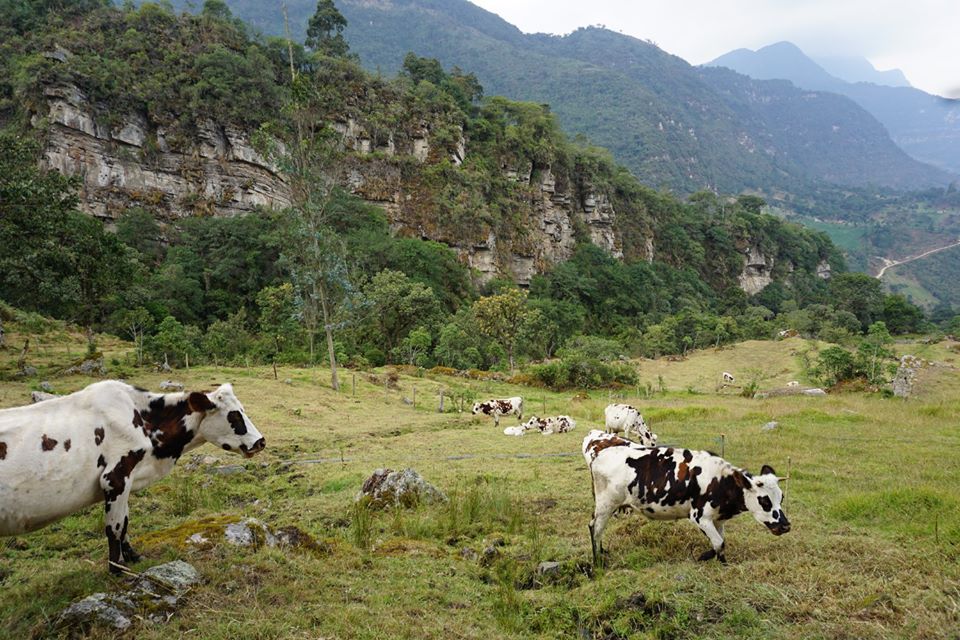
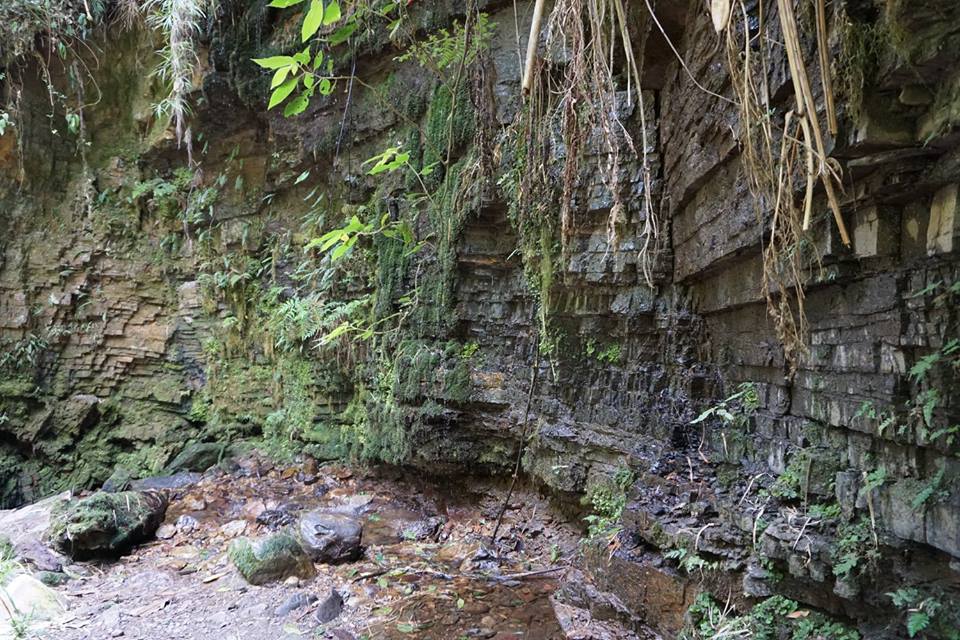
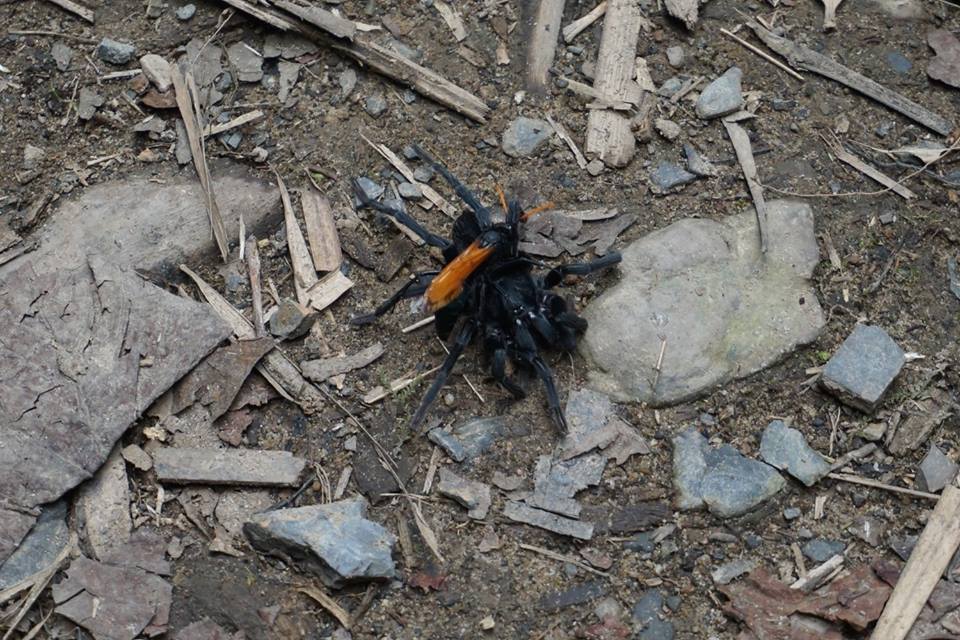
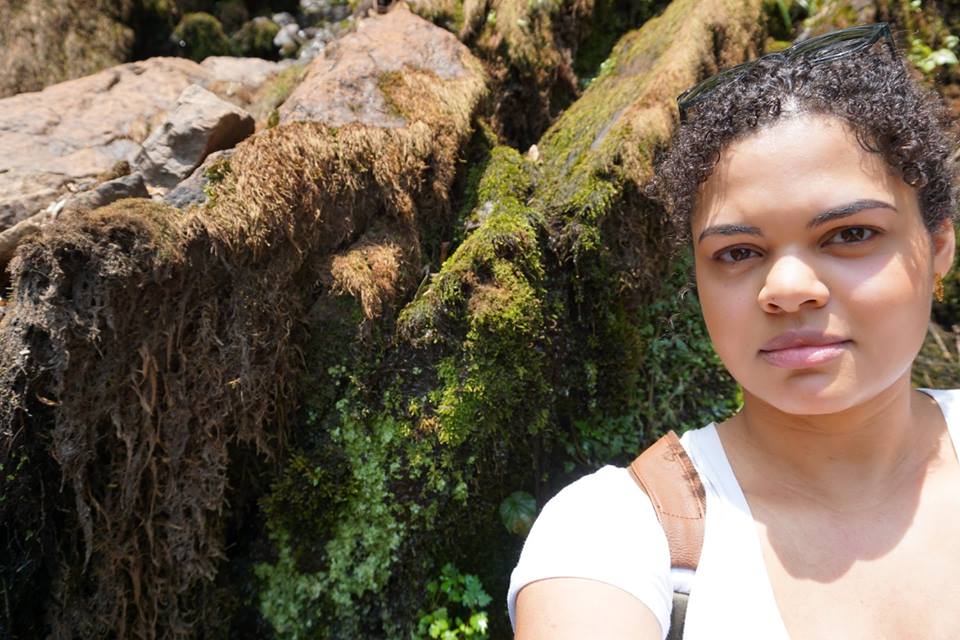
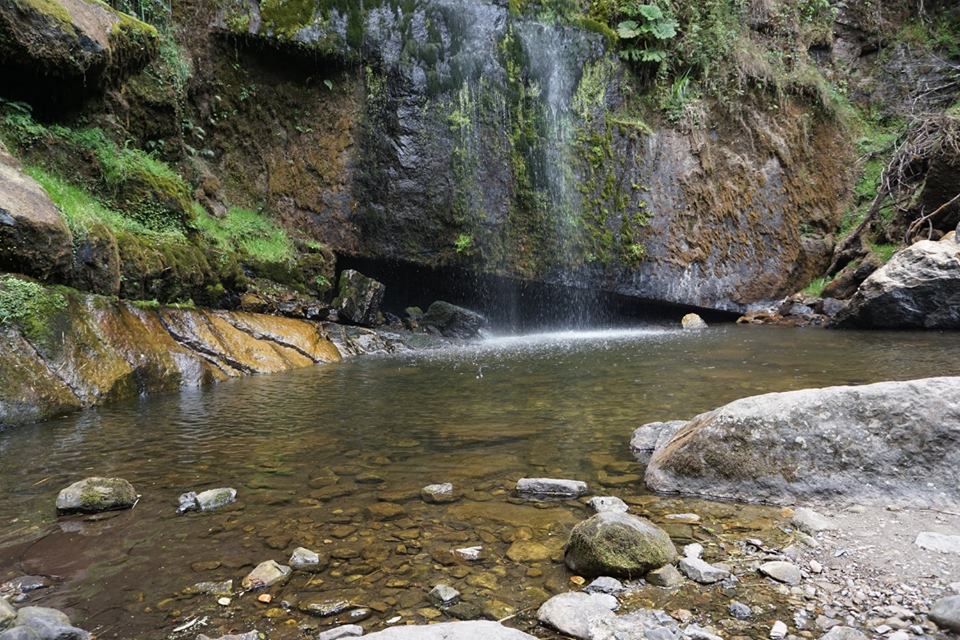

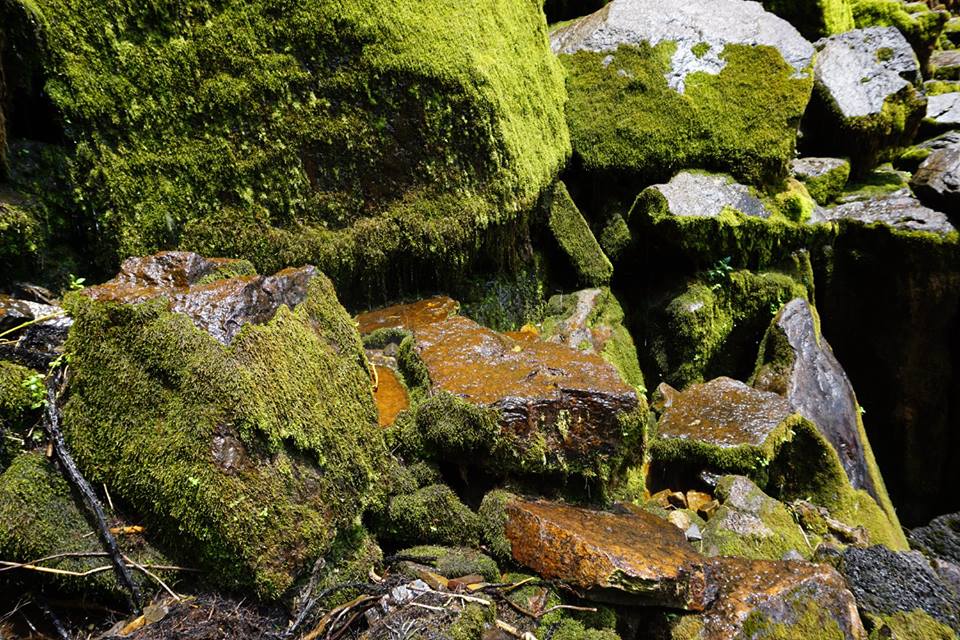
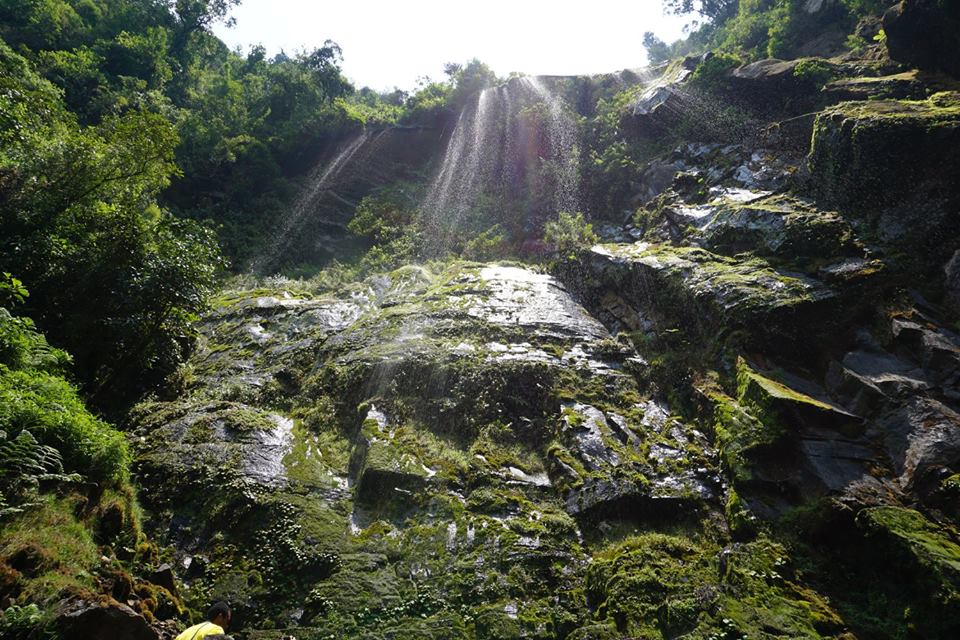
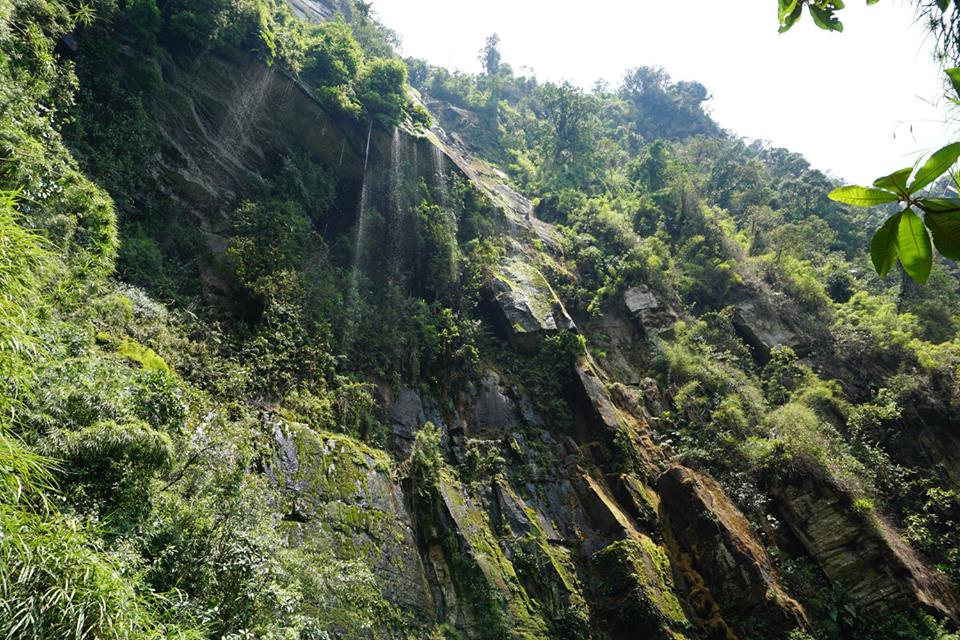

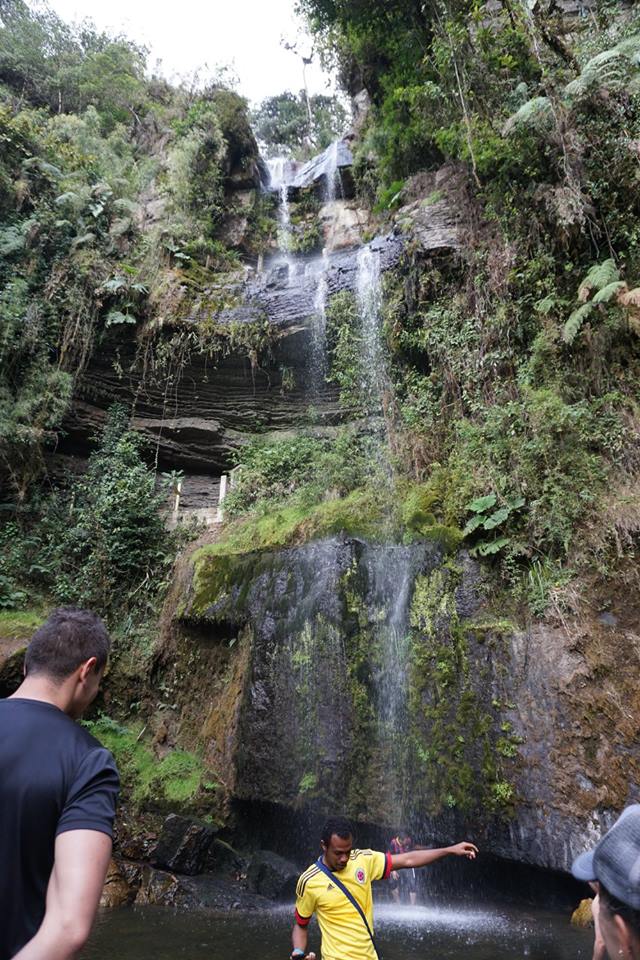
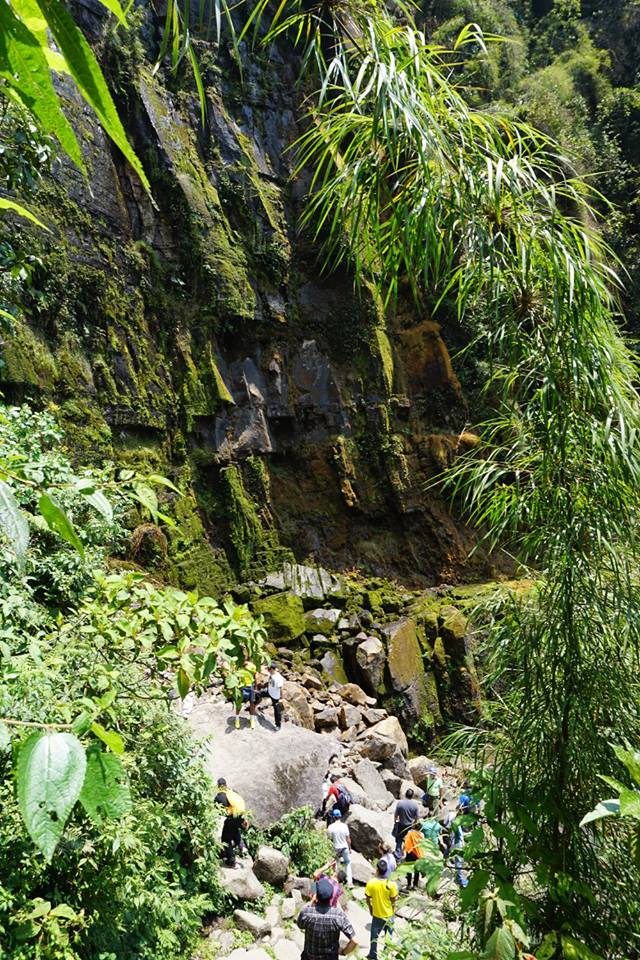
Catedral de Sal, Zipaquirá
The First Wonder of Colombia is an underground Catholic church built inside a salt mine in Zipaquirá, a couple of hours outside of Bogotá. To get there, I took the Transmilenio (city buses that run on dedicated street lanes) to a bus depot and then a 40-minute bus ride to Zipaquirá.
The salt mine was impressive. I can’t imagine the amount of time, effort, and talent it took to create the carvings. Initially, miners created a sanctuary to pray in. In the 1950’s, it was expanded to include a cathedral and walkways, and another expansion took place in the 1990’s. Services take place in the cathedral every Sunday. One of my favorite parts was the mirror pool, which has such a high concentration of salt that you can’t see to the bottom, only a perfect reflection of the salt rock above it.
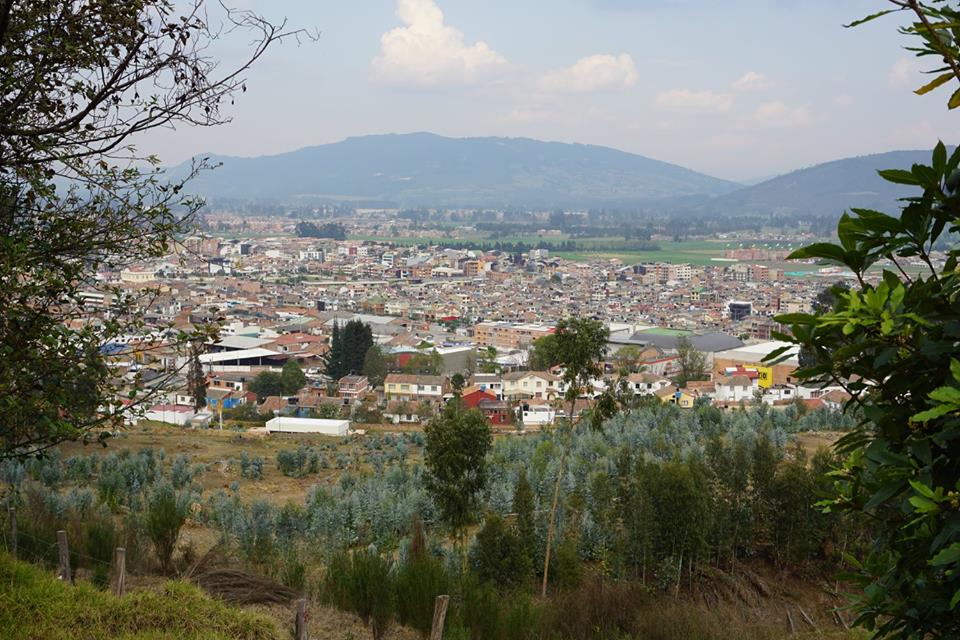
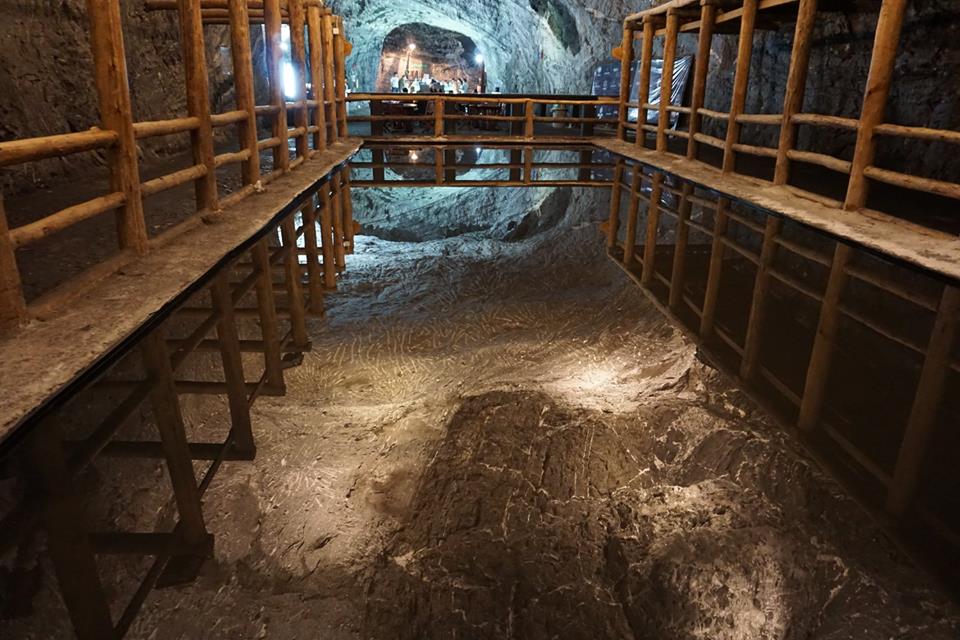
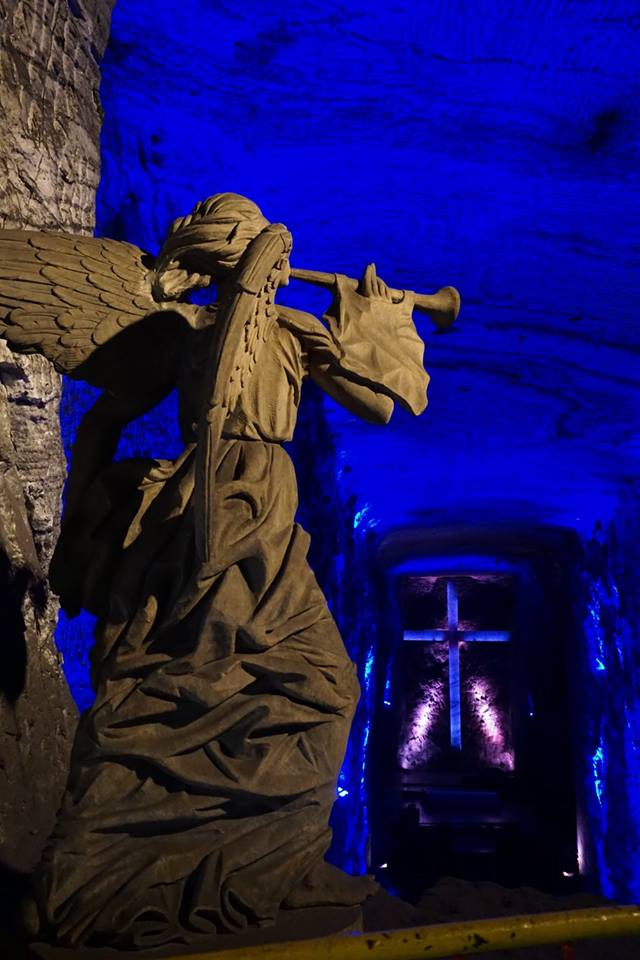
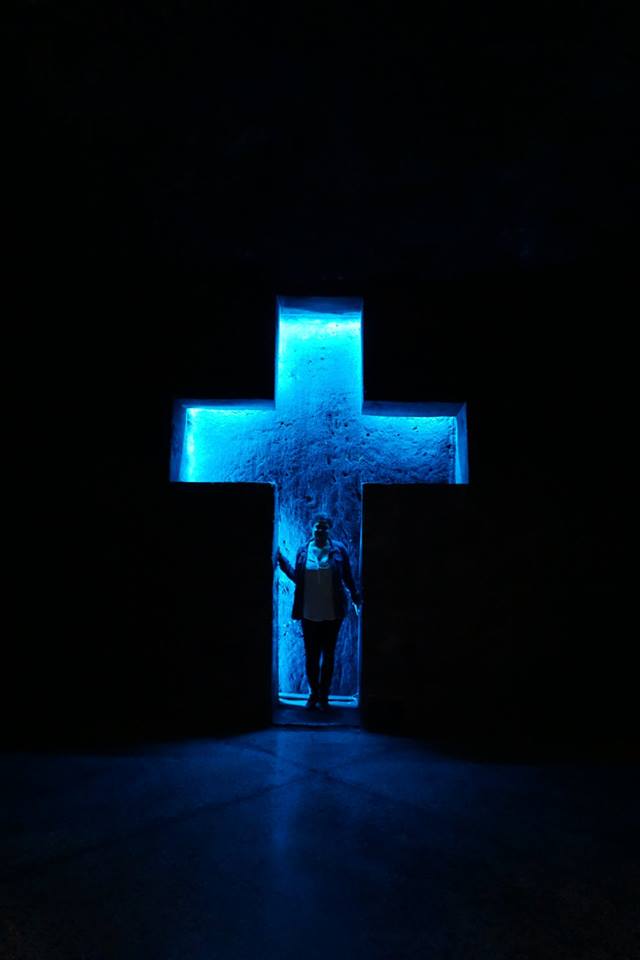
Seven days passed quickly in this large, bustling city. I encourage anyone exploring Bogotá, Colombia to take advantage of all the city has to offer, and make sure not to forget about the natural beauty that’s just a few steps away.
If you liked this post, check these out:
The Magic of Cartagena, Colombia
5 Reasons to Travel Alone
6 Things To Do In Beautiful Jávea, Spain
Pin It for Later
